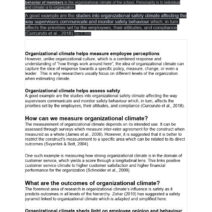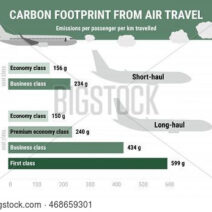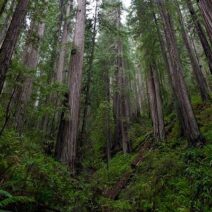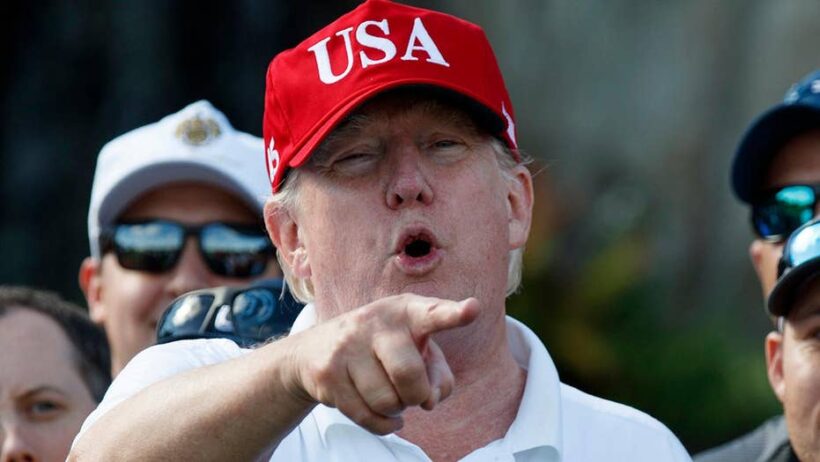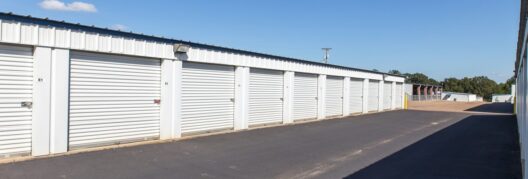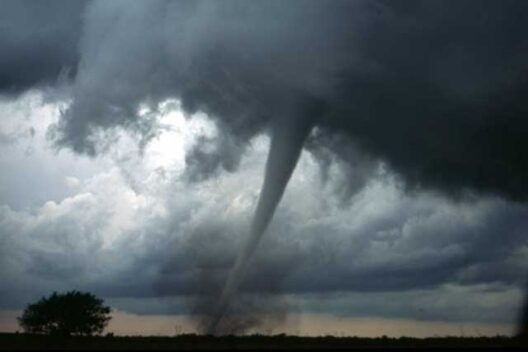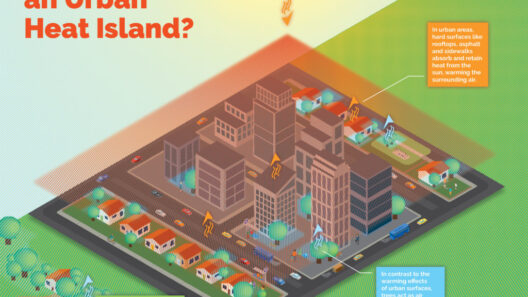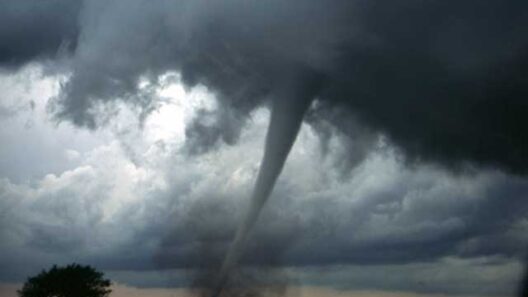In the heart of Berlin, a statue stands, seemingly frozen in time, much like the political discourse surrounding global warming. This stark artwork serves as a poignant metaphor for the inertia that plagues climate policy discussions worldwide. As a city steeped in history, Berlin’s monuments often symbolize progress and perseverance. However, this particular statue captures not the spirit of advancement, but rather the chilling reality of stagnation in the global warming debate.
The likeness of various renowned politicians, cast in bronze, conveys a sense of stoicism. They are eternally engaged in vigorous discussion, yet their expressions betray a sense of bewilderment. This representation articulates the paralysis that many feel when confronting the complex, multifaceted issue of climate change. The politicians, contorted in animated debates, highlight the urgency of the situation, yet their immobility serves as a stark reminder of the lack of substantial action.
In recent decades, scientific consensus has unequivocally linked human activities to rising global temperatures. The burning of fossil fuels, deforestation, and industrial processes emit greenhouse gases that trap heat in the atmosphere. As a consequence, the planet is undergoing drastic transformations; glaciers are melting, sea levels are rising, and ecosystems are shifting. Yet, despite these undeniable threats, political will remains woefully inadequate. The statue, frozen in animated disagreement, evokes the frustration many environmentalists feel towards policymakers who fail to act decisively.
The irony of this artistic installation becomes more pronounced when juxtaposing the heated discussions of the past with the somber reality of the present. For decades, environmental advocates have passionately championed the cause of climate action. Yet, the response from political leaders often resembles that of the statue: motion without progress. Proposals are presented, summits convened, yet concrete actions remain elusive. Each politician’s futile gesturing symbolizes the paradox of our age—where information is abundant, but conviction is scarce.
Amidst the backdrop of this inaction, the climate crisis unfolds unabated. The Earth is warming at an alarming rate; the Intergovernmental Panel on Climate Change (IPCC) has issued urgent warnings, emphasizing that immediate and unprecedented changes are essential to mitigate the catastrophic effects of climate disruption. Yet, the statue’s characters continue to debate whether action is necessary. This striking representation serves as a clarion call—a stark reminder that voices in chorus do not equate to effective policies.
The allure of this frozen tableau transcends its aesthetic appeal. It invites introspection and discourse among onlookers. Passersby often stop, captivated by the sheer absurdity of the situation. Here stand figures of authority, helplessly entangled in a debate that does not yield results. The metaphor extends further; it questions the efficacy of democratic processes when individuals remain ensnared in conflicting philosophies, all while the planet continues to warm. This phenomenon manifests itself in real-world scenarios, where ideological divisions prevent consensus on environmental initiatives.
Yet, amid the stagnation, glimmers of hope emerge. Grassroots movements are rising, escalating to prominence the demands for climate justice and urgent action. Young activists, backed by an impassioned global community, are redefining the narrative. They embody a collective resolve that starkly contrasts the freeze-frame of the statue. These new advocates wield tools of technology and communication to galvanize support, demonstrating that while politicians may remain inert, the populace is animated and ready to push for change.
Educational initiatives are gaining momentum globally, fostering environmental awareness and cultivating a generation attuned to the perils of climate change. It isn’t merely the responsibility of elected officials; communities, individuals, and businesses are rallying around sustainable practices, each action contributing to what could be a seismic shift in understanding and policy. The statue, in its stoicism, lacks the dynamism that grassroots movements exude. Each protest and educational campaign becomes a counterweight to the lifeless debate captured in bronze.
The juxtaposition also highlights the difference between short-term interests and long-term sustainability. Politicians often prioritize immediate electoral gains, making them hesitant to implement policies that might disrupt the status quo. In contrast, environmental advocates push for a vision that transcends temporal limitations; they argue for the preservation of the planet for future generations. This conflict is palpable within the statue’s frozen representations, which symbolize the urgency of adopting sustainable policies that align with the realities of climate science.
Ultimately, the statue in Berlin functions as a tableau that encapsulates the complexities of the global warming debate. It offers a striking metaphor for the urgency, frustration, and hope that permeate the discourse on climate change. As the planet continues to warm, humanity finds itself at a crossroads. This installation serves as a clarion call, urging leaders to emerge from their figurative ice and forge a path that transcends this artistic representation of inertia. The time for dialogue alone has passed; immediate, significant action is paramount.
In reflection, the statue stands as both a monument to the debates of yesterday and a reminder of the work that lies ahead. The future of the planet is not just an abstract concept; it is a tangible reality that hinges upon the choices we make today. As society confronts the specter of climate change, it must embody the dynamic spirit that this statue so starkly contrasts. Only through collective action, urgency, and unwavering resolve can the narrative of climate change evolve from one of stagnation to advancement.
